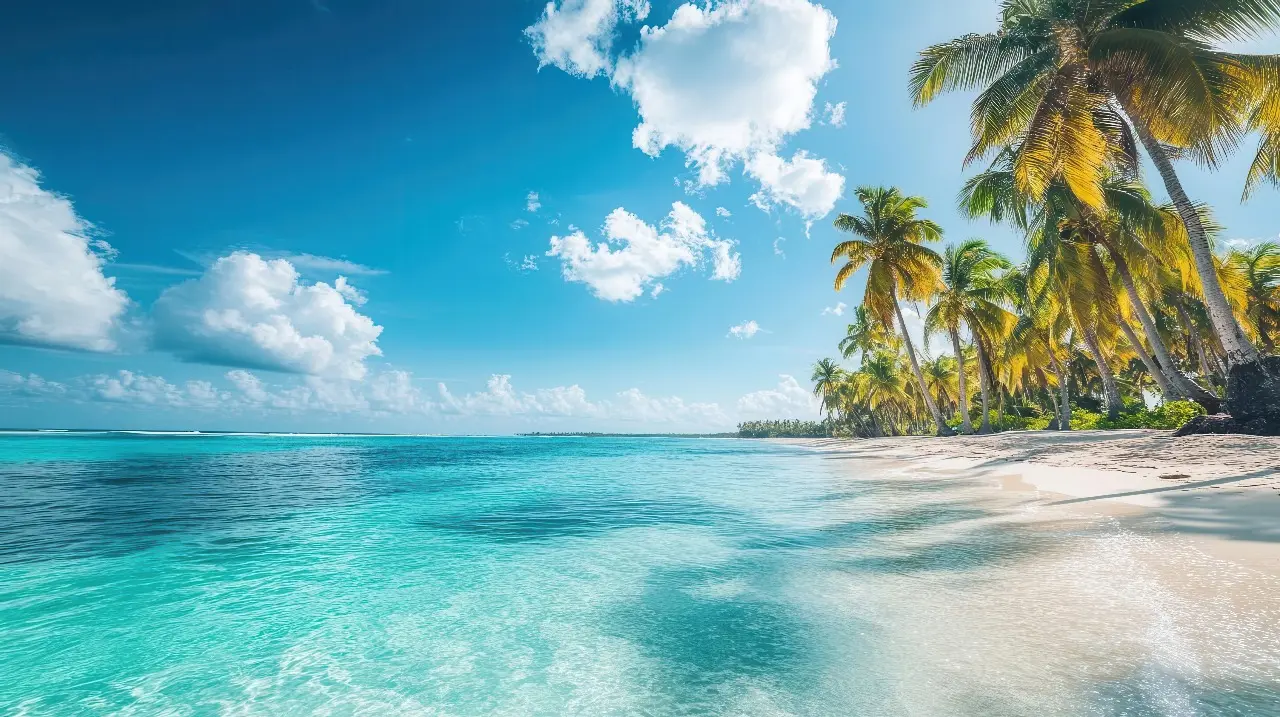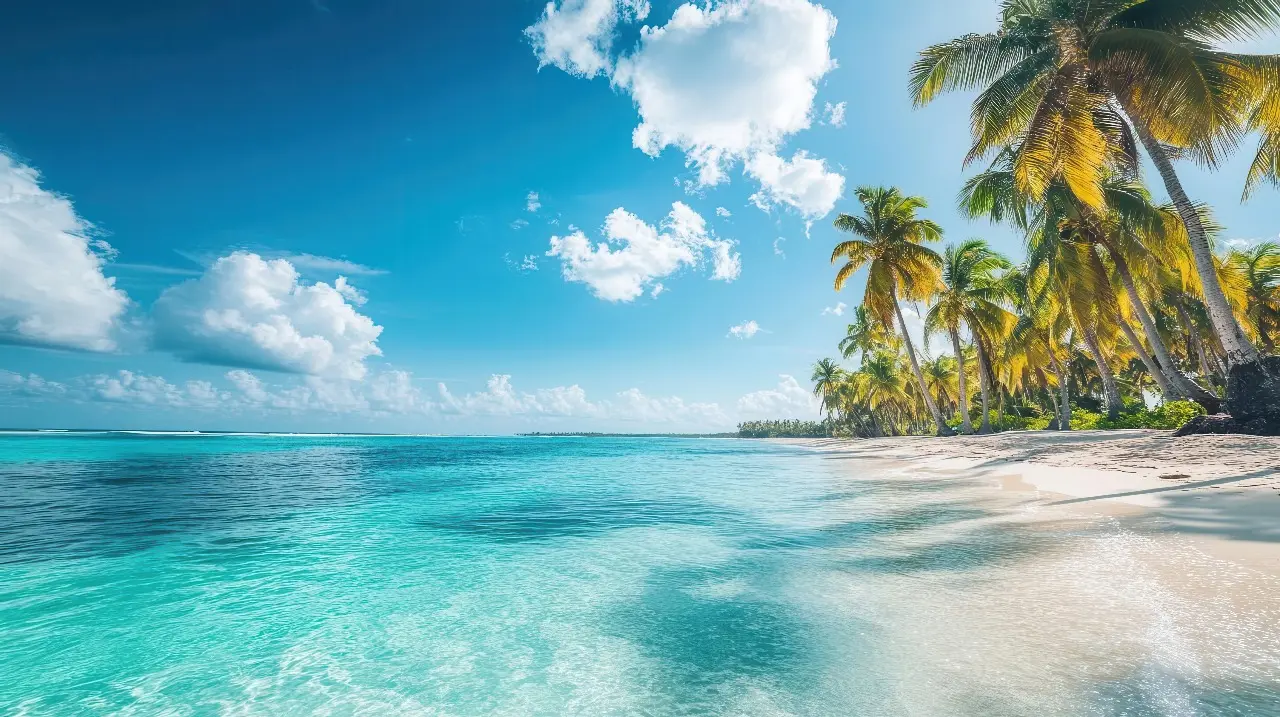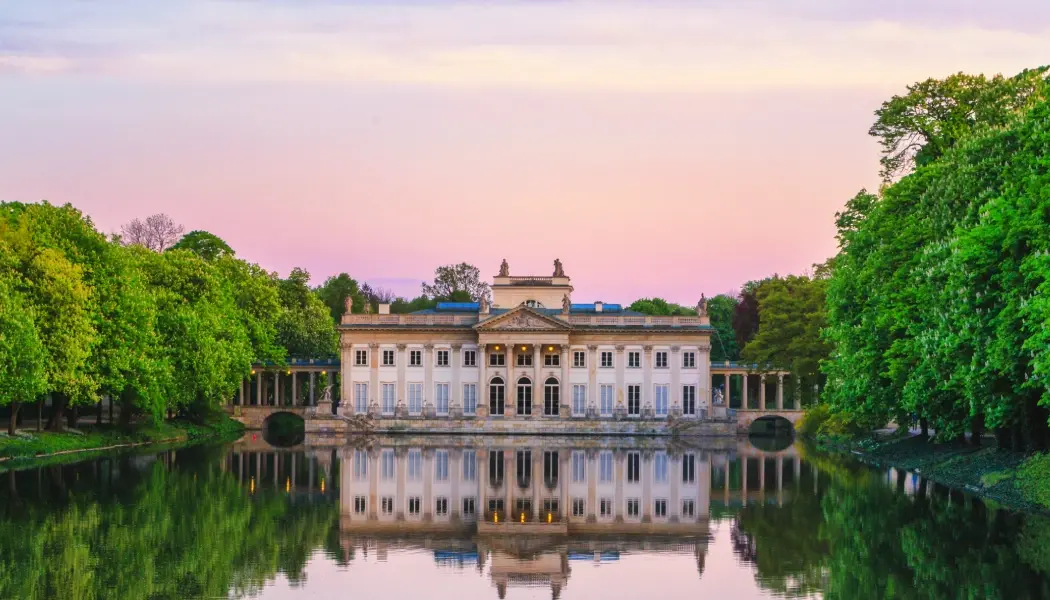

Poland offers a captivating blend of medieval charm and modern energy. With UNESCO-listed historic centers, magnificent castles, and untouched natural landscapes, visitors experience rich cultural heritage alongside warm hospitality. The country's tumultuous history has shaped its resilient character, visible in its architecture, cuisine, and traditions that span a millennium.
Poland boasts 17 UNESCO World Heritage sites, including medieval old towns, ancient forests, and significant historical monuments.
Polish cuisine delights with hearty comfort foods like pierogi, żurek soup, and oscypek cheese, complemented by world-class vodka and growing craft beer scene.
Amber jewelry from the Baltic coast, hand-painted pottery, traditional wooden crafts, and modern Polish design in vibrant markets and boutiques.
Classical music festivals honoring Chopin, international film festivals, vibrant nightlife in university cities, and seasonal folk celebrations throughout the year.
Historic salt mines offering therapeutic treatments, Baltic coastal spas utilizing sea minerals, and mountain retreats with thermal springs.
Hiking in Tatra Mountains, sailing on Masurian Lakes, kayaking wild rivers, and winter sports in established mountain resorts.
Well-connected rail network, modern highways, budget airline hubs, and efficient intercity buses making travel accessible across regions.

Where medieval squares echo with stories of kings and revolutionaries,Where pristine forests and crystal lakes offer sanctuary for the soul,Where centuries of resilience have forged a nation of warmth and unbridled hospitality.
Things To Do
Explore medieval castles, wander through historic old towns, hike in national parks, attend classical music concerts, and experience traditional folk festivals.
Research visa requirements, consider shoulder seasons for fewer crowds, and learn basic Polish phrases to enhance your cultural experience.
Weather-appropriate clothing for distinct seasons, comfortable walking shoes, adapter plugs, and modest attire for visiting religious sites.
Validate public transport tickets before boarding, carry small denominations of cash for local markets, and be prepared for limited English in rural areas.
Polish Złoty is the official currency, with card acceptance widespread in cities but cash preferred in rural areas and traditional markets.
Use efficient intercity trains, consider the comprehensive bus network for reaching smaller towns, and use ride-sharing apps in major cities.
Remove shoes when entering homes, bring small gifts when invited by locals, and observe modest dress when visiting churches.
Restaurants typically add service charge, though additional tipping is appreciated; lunch is traditionally the largest meal, served mid-afternoon.
Poland is generally very safe, with excellent tap water quality and a reliable healthcare system accepting European Health Insurance Cards.
Polish is the official language, though English is widely spoken in tourist areas and by younger generations.
From budget hostels at 40-60 PLN, mid-range hotels at 150-300 PLN, to luxury accommodations starting at 500 PLN per night.
Most museums close on Mondays, many offer free entry on specific days, and national parks charge modest entrance fees.
Haggling is uncommon except at flea markets, tax-free shopping available for non-EU residents on purchases over 200 PLN.
History enthusiasts should visit Warsaw's museums, nature lovers explore Białowieża Forest, and architecture admirers head to Kraków.

Where Gothic spires pierce skies above cobblestone squares,Where pristine lakes mirror dense forests untouched by time,Where history's triumphs and tragedies have shaped a nation of extraordinary resilience.


